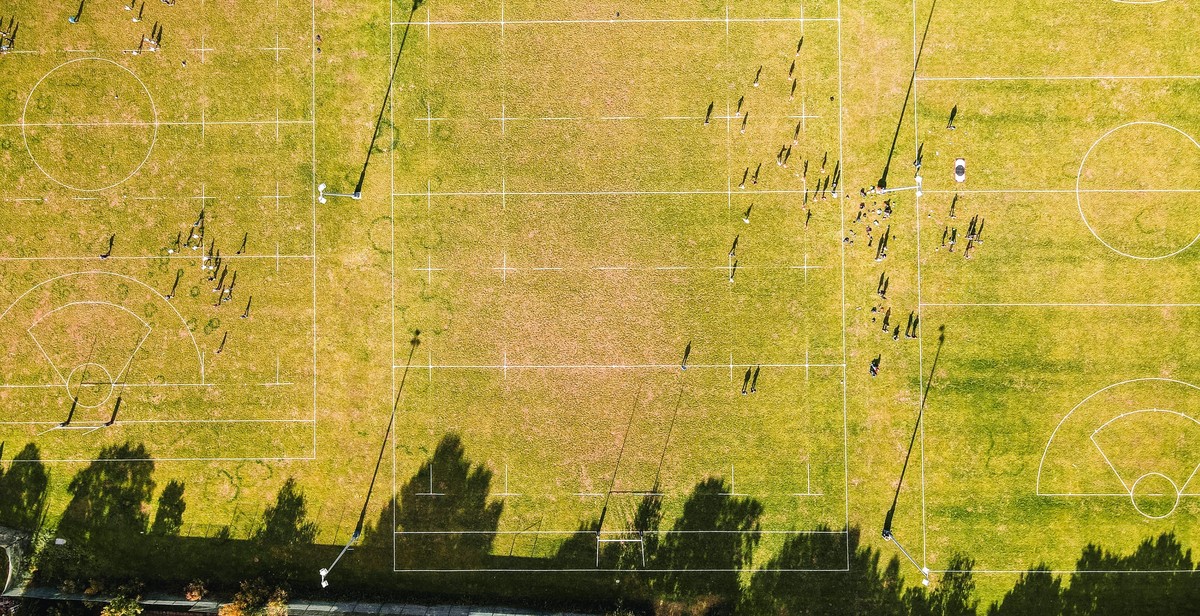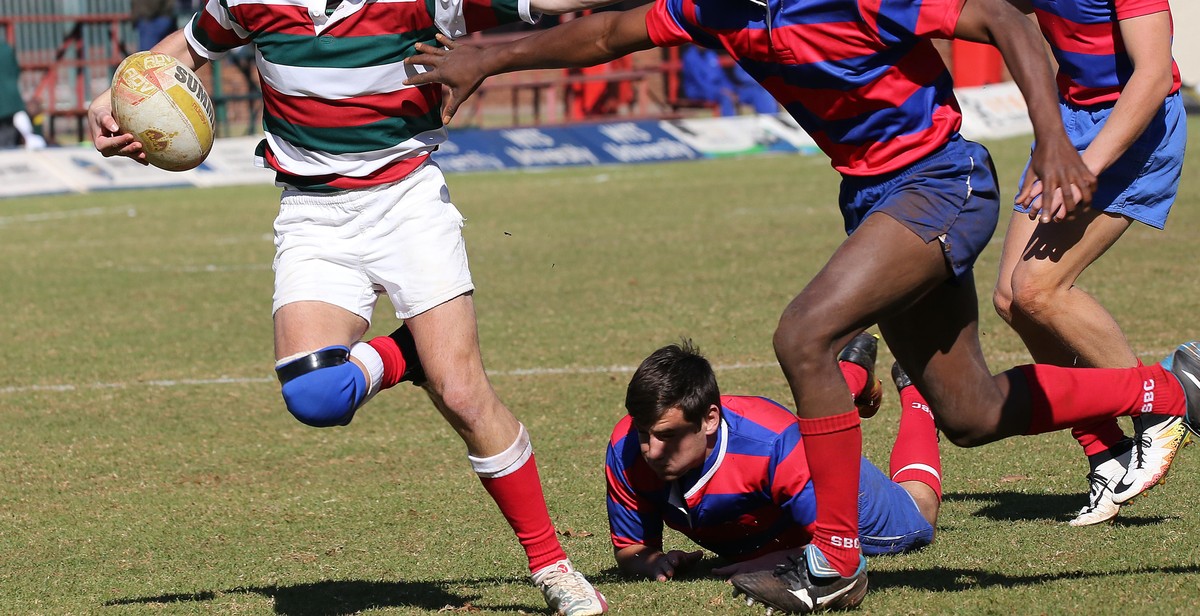Introduction: How to Watch and Understand Rugby
If you’re like me, you may have found yourself at a rugby match, completely lost and wondering what in the world is going on. The players were running around with a strange-shaped ball, tackling each other, and the referee seemed to be blowing his whistle every few seconds.
But, after spending some time watching and learning about the sport, I have come to appreciate the beauty and complexity of rugby. It’s a physically demanding and mentally challenging game that requires skill, strategy, and teamwork.
In this article, we’ll cover the basics of rugby, including the rules, positions, and game analysis. Whether you’re a newcomer to the sport or a seasoned fan, this guide will help you better understand and appreciate the game.
My Personal Experience with Rugby
As a content creator and avid sports fan, I have had the opportunity to attend several rugby matches and events. At first, I was completely lost and had no idea what was happening on the field. But, as I watched more games and learned about the sport, I began to appreciate the skill and athleticism of the players.
Through my personal experience and research, I have gained a solid understanding of rugby and its intricacies. In this article, I will share my knowledge and insights to help you become a more informed and engaged rugby fan.

Understanding Rugby Rules
Rugby is a sport that is played with an oval-shaped ball and involves two teams of 15 players each. The objective of the game is to score points by carrying or kicking the ball over the opponent’s goal line.
Basic Rules of Rugby
Before diving into the rules of rugby, it is important to understand the basic elements of the game. Rugby is a full-contact sport, meaning that players can tackle each other in order to gain possession of the ball. The ball can be passed backwards or kicked in any direction, but it cannot be passed forward.
Each team has 15 players on the field at any given time, with eight forwards and seven backs. The forwards are typically larger and stronger players who are responsible for winning possession of the ball in scrums and lineouts. The backs are typically faster and more agile players who are responsible for carrying and passing the ball down the field.
The game is divided into two 40-minute halves, with a 10-minute halftime break. If the game ends in a tie, extra time may be played to determine a winner.
Scoring in Rugby
There are several ways to score points in rugby:
- Try: A try is worth five points and is scored when a player carries the ball over the opponent’s goal line and touches it down.
- Conversion: After a try is scored, the scoring team has the opportunity to kick the ball through the opponent’s goalposts from a spot perpendicular to where the try was scored. If successful, the conversion is worth two points.
- Penalty: If a player commits a penalty, the opposing team may choose to kick for goal from the spot where the penalty occurred. If successful, the penalty kick is worth three points.
- Drop goal: A drop goal is worth three points and is scored when a player kicks the ball through the opponent’s goalposts during open play.
Understanding the basic rules and scoring of rugby is crucial for anyone who wants to watch and enjoy the game. With these fundamentals in mind, you can begin to appreciate the strategy, athleticism, and physicality that make rugby such a thrilling sport to watch.

Rugby Positions and Skills
Rugby is a game of strategy, strength, and skill. Understanding the different positions on the field and the key skills required for each position is essential for any rugby enthusiast.
Forwards
The forwards are typically the bigger and more physical players on the team. They are responsible for winning possession of the ball and gaining ground through powerful running and rucking.
There are eight forwards on the field, each with a specific position and role:
| Position | Description |
|---|---|
| Loosehead Prop | Provides stability in the scrum and support in the lineout. |
| Tighthead Prop | Provides stability in the scrum and support in the lineout. |
| Hooker | Throws the ball into the lineout and hooks the ball back in the scrum. |
| Locks (Second Row) | Provides power and height in the lineout and helps to push in the scrum. |
| Blindside Flanker | Defends the blindside of the scrum and rucks to win possession of the ball. |
| Openside Flanker | Defends the openside of the scrum and rucks to win possession of the ball. |
| Number 8 | Picks the ball up from the back of the scrum and carries it forward. |
Key skills for forwards include strength, endurance, and aggression. They must also have good ball-handling skills and be able to work well as a team.
Backs
The backs are typically the smaller and more agile players on the team. They are responsible for scoring tries and creating attacking opportunities through their speed and skill.
There are seven backs on the field, each with a specific position and role:
| Position | Description |
|---|---|
| Scrum-half | Passes the ball out of the scrum and rucks and controls the tempo of the game. |
| Fly-half | Controls the game plan and directs the attack. |
| Centre | Creates attacking opportunities and defends the midfield. |
| Winger | Uses speed and agility to score tries and defend the flanks. |
| Fullback | Covers the backfield and creates counter-attacking opportunities. |
Key skills for backs include speed, agility, and good ball-handling skills. They must also have good communication skills and be able to work well as a team.
Key Skills for Rugby Players
Regardless of position, there are several key skills that all rugby players must possess:
- Tackling: the ability to stop an opponent from advancing by bringing them to the ground.
- Passing: the ability to accurately and quickly pass the ball to a teammate.
- Kicking: the ability to kick the ball accurately and strategically.
- Running: the ability to run with the ball and evade defenders.
- Rucking: the ability to win possession of the ball on the ground.
- Scrumming: the ability to work as a unit to win possession of the ball in the scrum.
Mastering these skills takes time and practice, but they are essential for any rugby player who wants to succeed on the field.

Watching and Analyzing Rugby
Watching rugby live or on television can be a thrilling experience, especially if you understand the rules and positions. Here are some tips to help you make the most of your watching experience:
Watching Rugby Live or on Television
- Get familiar with the rules of the game before watching.
- Find a comfortable viewing spot where you can see the whole field.
- Pay attention to the referee’s signals and calls.
- Listen to the commentators to gain a better understanding of the strategies and plays being used.
- Watch replays to analyze specific moments and plays.
- Engage with other fans and ask questions to deepen your understanding of the game.
Analyzing Rugby Games
When analyzing rugby games, it’s important to focus on the following:
- Game statistics, such as possession, territory, and tackles made.
- Player performance, including successful tackles, line breaks, and kicks made.
- Team strategies, including set plays, lineouts, and scrums.
- Player positions and their roles in different plays.
- Opposing team’s strengths and weaknesses to determine areas of opportunity.
| Statistic | Definition |
|---|---|
| Possession | The amount of time each team has control of the ball. |
| Territory | The amount of time each team spends in their opponent’s half of the field. |
| Tackles Made | The number of times a player brings an opposing player to the ground. |
By paying attention to these key elements, you can gain a deeper understanding of rugby and improve your ability to analyze and appreciate the game.
